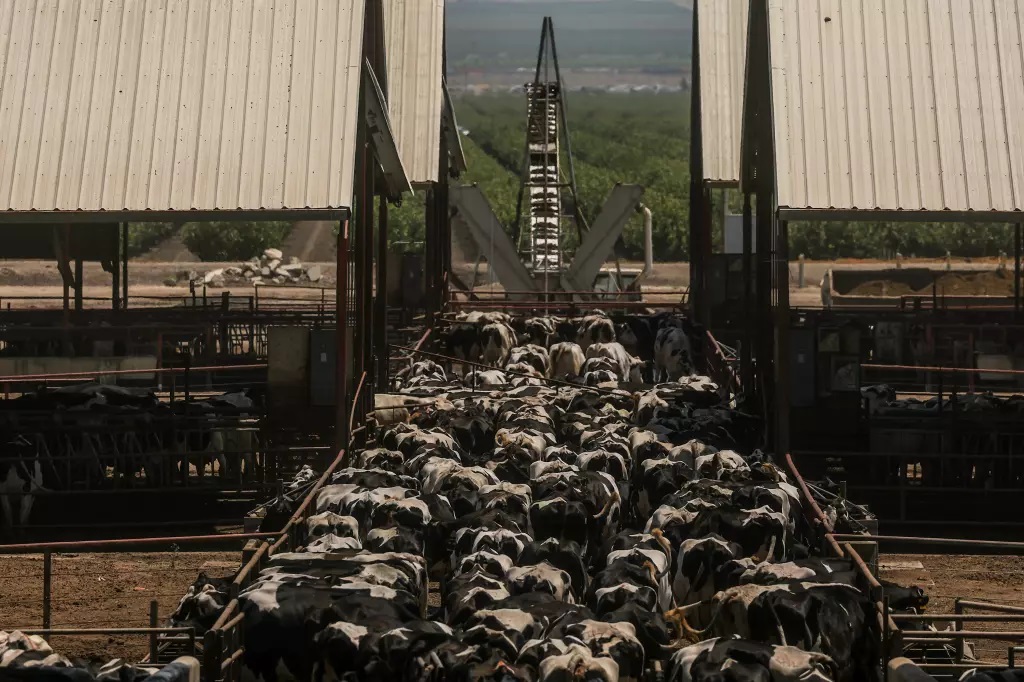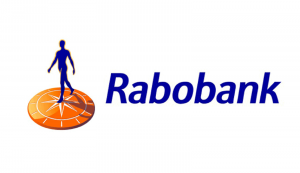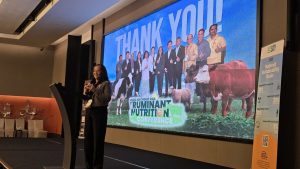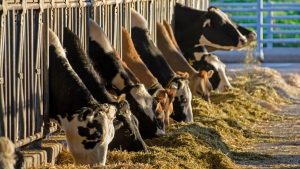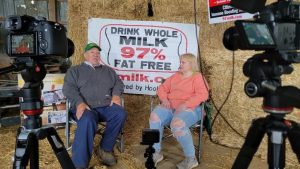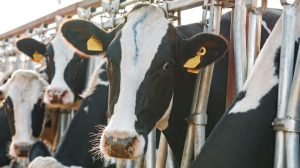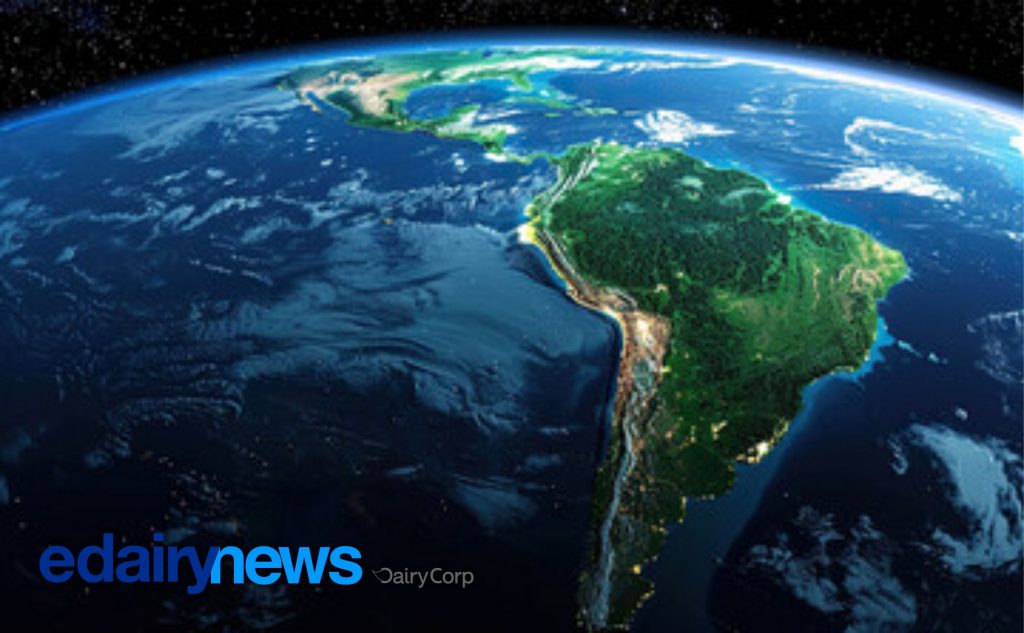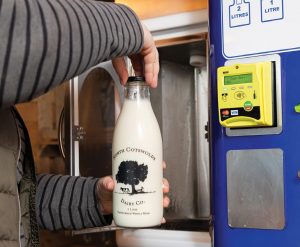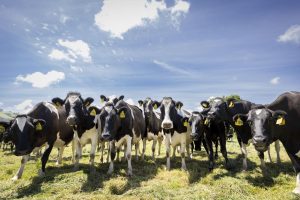
A Groundbreaking Study Reveals the Geography of U.S. Agribusiness, Sparking a Major Debate on Environmental and Economic Impact.
A landmark study has, for the first time, mapped the nation’s vast network of cattle and hog feeding operations, revealing a surprising concentration of these facilities. The research, published in the journal Communications Earth & Environment, found that California is home to more cattle feedlots than any other state. The study pinpoints over 8,700 cattle feeding operations, with California’s footprint exceeding 85,000 acres. This includes an astonishing 304 operations in Tulare County alone, making it the highest-ranking county in the country for feedlots.
Cattle feed lots blanket California and the Great Plains states
Acres of cattle feedlots

This groundbreaking research was made possible by researchers from the University of Michigan and UC Santa Barbara, who meticulously built a comprehensive database. For decades, a lack of precise location data on these operations—largely due to the federal government not keeping a database and states often keeping information confidential—made it difficult to assess their impact. The team spent more than two years cross-referencing existing data sets with satellite imagery to pinpoint the exact locations and collective footprint of these facilities, which totals over 658,500 acres.
The study’s findings have ignited a fierce debate within the agribusiness sector by associating these operations with a range of negative outcomes. The research found a direct link between these facilities and degraded air and water quality. Furthermore, it revealed that in areas with a higher concentration of cattle and hog farms, the social and economic well-being of the nearby communities is significantly lower. The study also highlighted concerns about the industry’s workforce, noting that over 50% of dairy workers may be undocumented and are often underinsured and economically disadvantaged.
In a strong rebuttal, Anja Raudabaugh, CEO of Western United Dairies, the state’s largest dairy trade group, disputed the study’s conclusions. She argued that the researchers failed to account for existing environmental regulations and other significant sources of pollution in the San Joaquin Valley, such as major highways. Raudabaugh also took issue with the claims of environmental injustice, stating they are widely disputed in other research. She called for a focus on increasing rural healthcare access instead of “villainizing” an industry that provides jobs and a “major local tax base.”
This debate comes at a critical time for the international dairy community, especially following a recent federal court ruling that animal feeding operations are exempt from reporting air emissions and dangerous pollutants to state and local officials. The new mapping data, therefore, provides a vital tool for policymakers, academics, and NGOs to develop targeted policies. The study’s implications extend far beyond California, serving as a key case study in balancing the economic contributions of the dairy economics sector with the environmental and social impacts on local communities.
Source: Los Angeles Times: California has more cattle feedlots than any state, new map shows. Why that matters
You can now read the most important #news on #eDairyNews #Whatsapp channels!!!
🇺🇸 eDairy News INGLÊS: https://whatsapp.com/channel/0029VaKsjzGDTkJyIN6hcP1K
